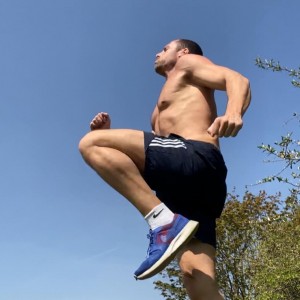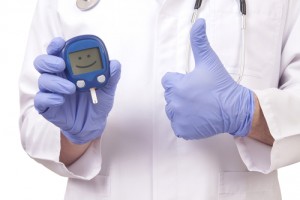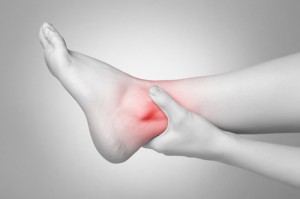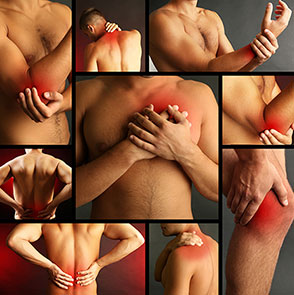
I bet most of us cannot wait to get back to “normal” and are so looking forward to getting back to the gym. But the reality is that this is where we are at the moment and this is not over yet.
Many of us have been having more free time than usual and are making the most of it, learning how to bake, doing online courses, spending quality time talking remotely with family/friends and of course… exercising! Not only to maintain our fitness levels but to keep our mental health on track.
As the lockdown is being eased there are still a few weeks left for gyms to reopen and for manual therapists (like myself) to be able to practise.
Working from home continuously, likely on a non-ideal desk, is probably causing our muscles to get tired or sore as we are approaching the end of the lockdown. But we are not there yet.. So why not to use this opportunity to focus on those body parts that need more attention and get on top of things?
We may not have as much equipment as we normally do in “normal” circumstances but we can get a lot done with resistance bands, HIT and body weight exercises. Stretching tight joints, strengthening weak muscles, mobility exercises, self massaging tight areas or treating trigger points with massage balls are all good ways of keeping our muscles in good form.
I personally suffer from tight upper back/shoulders/neck specially when I do not stretch enough, skip warming up or use the wrong pillow to give some examples, but when I am on top of things such as having regular massages, stretching regularly or focusing on strengthening my weak areas, my muscles are much happier.
During this lockdown I have been focusing on strength training with resistance bands as well as increasing mobility of my hips which are normally very tight. All this combined with rope skipping has allowed me to keep my cardiovascular fitness on track.
Now it is time to do our homework: review those exercises your therapist gave you and spend a few minutes a day working on them. For sure nothing better than a good Sports Massage session.. This will hopefully happen soon, let us hang in there!
In the meantime if you need some guidance or have any questions regarding stretching, strengthening exercises, self-massage techniques or anything like that feel free to drop me a line and I will be happy to help.
Take care all!



